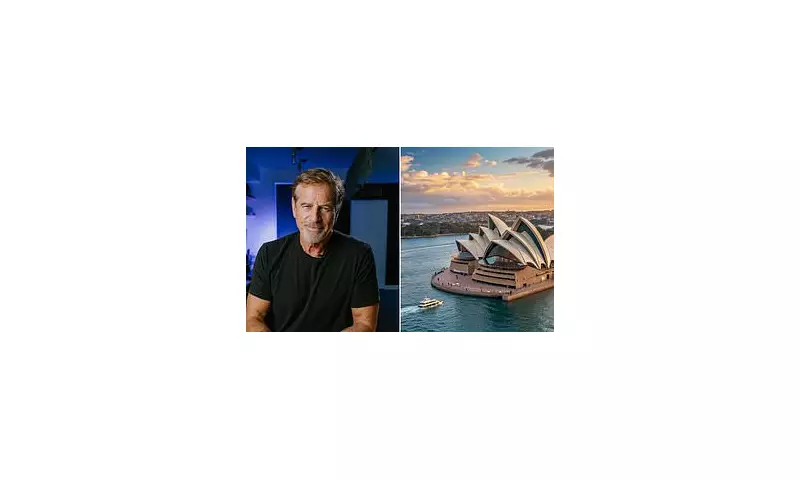
Prominent finance expert Mark Bouris has issued a stark and sobering warning, declaring that the iconic 'Great Australian Dream' of home ownership is rapidly slipping beyond the grasp of younger generations. His comments come as fresh data paints a bleak picture of a worsening housing affordability crisis across the nation.
'The Great Australian Dream is slipping and we all know it,' Bouris stated emphatically. 'For anyone under 40, doing what previous generations did is getting harder every year.' He highlighted a growing generational divide, noting that older Australians who already own their homes are largely insulated, while young people are being left behind, facing a future where property ownership seems an impossible goal.
The Stark Numbers Behind the Crisis
The scale of the problem was confirmed by recent figures showing the median Australian home value climbed to $860,529 in September. This stands in stark contrast to the typical household pre-tax income of $104,390, creating a cavernous gap between earnings and property prices.
This affordability chasm is most extreme in Sydney, where it would take 16.7 years for an average wage earner to save a 20% deposit. In the city's affluent eastern suburbs, this timeline stretches to a staggering 35 years. The situation is dire across other major cities as well, with deposit-saving timelines exceeding a decade in Adelaide (13.1 years), Brisbane (12.9 years), Melbourne (11.2 years), Perth (10.8 years), and Hobart (10.6 years).
Renters are facing parallel pressures, with households now spending a record 33.4% of their income on rent, the highest level seen in over two decades.
A Perfect Storm of Demand and Stagnant Supply
According to analysis from experts like Eliza Owen, head of research at CoreLogic, the surge in prices was driven by a perfect storm of factors. Pandemic-era stimulus, record-low interest rates, and a rapid rebound in net overseas migration supercharged demand. Meanwhile, housing supply failed to keep pace due to construction sector insolvencies, rising material costs, and changing living preferences.
The result was a severe mismatch: over the past five years, more than one million new households were formed, but only 880,000 new dwellings were completed. This supply-demand imbalance has allowed existing homeowners and investors to reinvest significant capital gains, further widening the gap for first-time buyers without parental assistance.
'There's been this extraordinary separation between property prices and income,' Ms Owen observed. 'It definitely speaks to a widening in the divide of the haves and have nots when it comes to the property market.'
Seeking Solutions: From Tax Reform to Immigration Policy
In response to the crisis, various solutions have been proposed. Mark Bouris has championed a radical overhaul of the tax system, suggesting the introduction of a flat 20% income tax for all Australians. He argues that this, combined with GST revenue from higher spending by the wealthy, would alleviate the financial burden on struggling families.
Bouris also urged Australians to stay and fight for systemic change rather than seeking a lower cost of living abroad. 'We have a personal obligation to remain solid and fight for what this country deserves,' he asserted.
Other voices, like Daniel Wild from the Institute of Public Affairs, point to high immigration levels as a key driver of the housing shortage. He criticised the government's 'lazy, short-sighted migration strategy' for exacerbating cost-of-living pressures without solving underlying worker shortages.
Eliza Owen pointed to Melbourne as a potential case study, where increased taxes on investment properties may have helped temper price growth. She suggested such demand-side measures could be a tool for other markets struggling with affordability amidst supply constraints.





